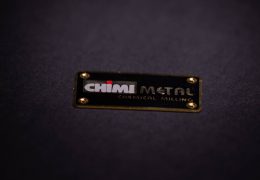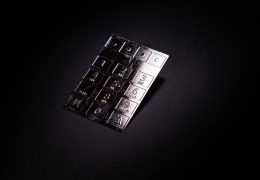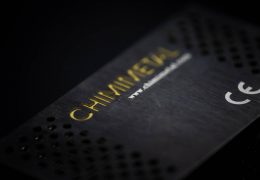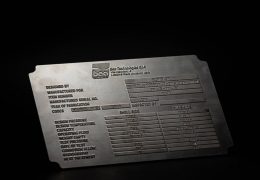The increased demand for high-precision electronics and mechanics has led to greater competition and therefore lower costs.
To meet the changing demands of the industry, manufacturers are striving to produce smaller, high-precision parts, while pushing the limits of traditional metalworking techniques. This means that designers have been forced to look for new technologies in their pursuit of smaller, faster and more economical parts.
CHEMICAL PHOTOENGRAVING
Chemical engraving is in a unique position to meet the industry’s trend towards miniaturisation. The speed and cost-effectiveness of parts manufacturing do not increase as complexity increases, which allows designers to focus on the best possible functionality of parts rather than on the costs.
With the use of digital and easy-to-use replicable equipment (instead of expensive steel moulds), photoengraving is a good fit for the low-risk product development strategy used by many manufacturers in electronics and mechanics. Photoengraved parts are particularly important in the electronic and mechanical field in both small-scale and large-scale manufacturing.
In the last few years, it has been possible to produce SMT stencils and screening boxes by applying the photoengraving and chemical photoetching technique.


PRODUCTION OF SCREENING BOXES
Our screening boxes can be equipped with lightly engraved grooves that make the bending procedure easy, clean and accurate without the need for any special tooling equipment.
The unique ability of this technology to make boxes with semi-engraved lines suitable for extremely easy and accurate bending makes it possible to pass from the design to the production of a screen quickly and inexpensively.
The boxes are supplied flat and still need to be folded or assembled with the necessary welding, mechanical closures and any necessary surface finishing.
PRODUCTION OF SMT STENCILS
For the last several decades, chemical photoetching has been the most widely-used technology for the production of SMT stencils.
Thanks to bimetallisation, Chimimetal has refined the already accurate stencil openings with a process that applies a few microns of nickel over the entire foil, creating perfect panels at the openings for the optimum release of the sealing compound.












